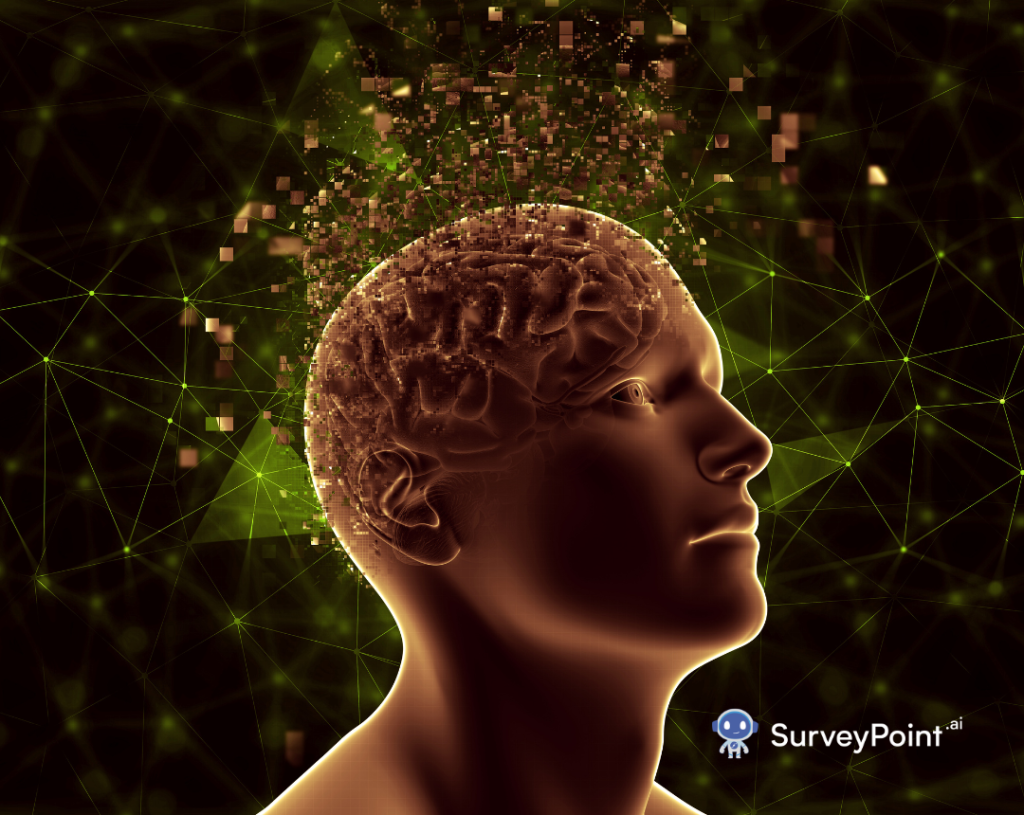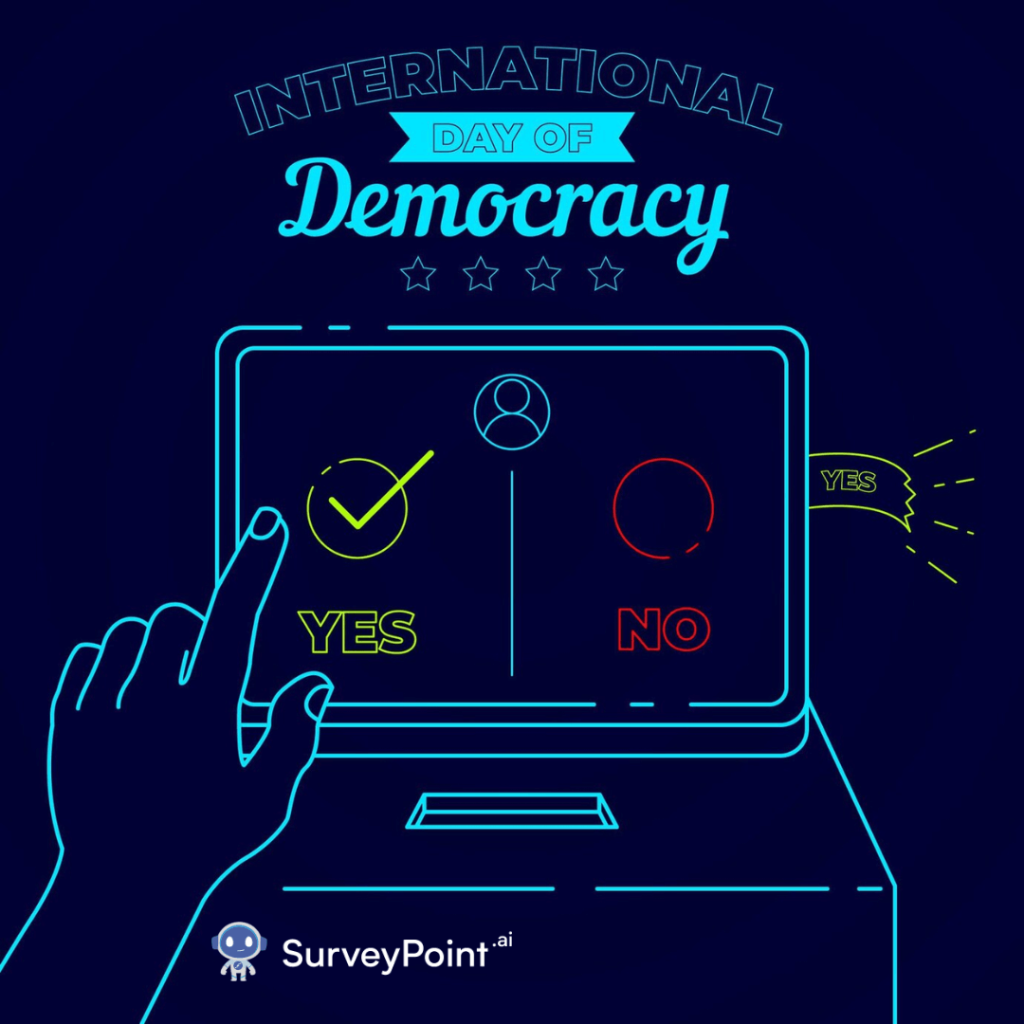
In the ever-evolving landscape of artificial intelligence (AI), researchers and scientists continually explore new frontiers to enhance the capabilities of machines. One such frontier gaining attention is the Theory of Mind AI, a concept that delves into the realm of human-like understanding and empathy within AI systems.
In this comprehensive exploration, we will unravel the intricacies of the Theory of Mind AI, compare it with other levels of AI, examine its characteristics, explore real-world implementations, discuss the challenges it faces, and ponder the future trajectory of this cutting-edge technology.
What is the Theory of Mind AI?
The Theory of Mind AI is an ambitious pursuit within the field of artificial intelligence that aims to imbue machines with a level of cognitive understanding akin to human minds. At its core, this concept involves endowing AI systems with the ability to comprehend the beliefs, intentions, emotions, and mental states of other entities, be they human or artificial. In essence, it seeks to bridge the gap between the purely logical, task-oriented nature of traditional AI and the nuanced, social intelligence exhibited by humans.
Different Levels of AI:
Before delving into the specifics of the Theory of Mind AI, it is crucial to understand the different levels of artificial intelligence that have paved the way for its development. The different levels of AI represent varying degrees of sophistication and capabilities within artificial intelligence. These levels range from basic, rule-based systems to advanced, human-like cognitive abilities. Here’s an explanation of each level:
Level 1: Narrow AI (Weak AI):
- Characteristics: Also known as Weak AI, Narrow AI is designed to perform specific tasks or solve particular problems. It operates within a predefined set of rules and excels in tasks for which it is programmed.
- Example: Virtual personal assistants like Siri or Alexa, chess-playing programs, and image recognition software are instances of Narrow AI.
Level 2: General AI (Strong AI):
- Characteristics: General AI aims to possess human-like cognitive abilities and adaptability. It can understand, learn, and apply knowledge across a wide range of tasks, similar to how a human being can.
- Example: As of now, there is no true example of General AI, as we are yet to develop machines that can replicate the full spectrum of human intelligence and consciousness.
Level 3: Theory of Mind AI:
- Characteristics: The Theory of Mind AI goes beyond traditional AI by attempting to understand the mental states of others, including beliefs, intentions, and emotions. It aspires to simulate human-like social intelligence and empathy in interactions.
- Example: While fully achieving Theory of Mind AI is still a work in progress, applications may include virtual assistants that can perceive and respond to user emotions or social robots capable of understanding and adapting to human emotions.
Understanding these levels helps in contextualizing the advancements and capabilities of AI. Narrow AI is widespread in current applications, General AI remains a theoretical goal, and the Theory of Mind AI represents an ambitious step towards machines that can truly understand and relate to human cognition. Each level comes with its own set of challenges, ethical considerations, and potential benefits, shaping the evolving landscape of artificial intelligence.
Theory of Mind AI vs. AI:
To comprehend the nuances of the Theory of Mind AI, it is imperative to compare it with conventional AI. Traditional AI systems excel at rule-based tasks and are designed to execute predefined instructions efficiently. In contrast, the Theory of Mind AI transcends these limitations, aiming to understand and predict the intentions and emotions of users or other AI entities. This level of cognitive sophistication opens up new avenues for human-machine interactions, paving the way for more intuitive and empathetic AI interfaces.
Theory of Mind AI Characteristics:
Empathy:
- Definition: The ability to understand and share the feelings of others.
- Application: Theory of Mind AI is designed to recognize and respond to human emotions, allowing for more empathetic interactions. This characteristic enables machines to comprehend the emotional states of users and adapt their responses accordingly.
Contextual Understanding:
- Definition: The capability to comprehend the context in which interactions occur, considering the broader circumstances and information.
- Application: Theory of Mind AI systems aim to understand the context of conversations or situations, enabling them to interpret ambiguous statements, infer implied meanings, and respond appropriately. This contextual awareness enhances the naturalness and effectiveness of human-machine communication.
Emotional Intelligence:
- Definition: The ability to recognize, interpret, and respond to emotions in oneself and others.
- Application: Theory of Mind AI incorporates emotional intelligence by analyzing facial expressions, tone of voice, and other cues to gauge the emotional states of users. This allows the AI to provide more personalized and sensitive interactions, contributing to a more human-like experience.
Inference of Intentions:
- Definition: The capacity to understand and predict the intentions behind actions or statements.
- Application: Theory of Mind AI strives to infer the intentions of users, anticipating their needs and preferences. By deciphering the underlying motivations, the AI can tailor its responses and actions in a way that aligns with the user’s goals, fostering a more intuitive and user-friendly experience.
Adaptability to User Behavior:
- Definition: The ability to learn from and adapt to the evolving behavior and preferences of users.
- Application: Theory of Mind AI is designed to dynamically adjust its responses based on user interactions and feedback. This adaptability ensures that the AI evolves with the user, providing a more personalized and effective service over time.
Implementations of the Theory of Mind AI:
The practical applications of the Theory of Mind AI are vast and varied. From virtual personal assistants that can understand and respond to users’ emotions to educational platforms that adapt their teaching styles based on students’ cognitive states, the potential implementations are revolutionary. Social robots equipped with Theory of Mind capabilities can engage in more natural and meaningful interactions, making them suitable companions for various contexts, including healthcare, education, and entertainment.
Challenges that the Theory of Mind AI Faces:
Despite its promising potential, the Theory of Mind AI faces several challenges that hinder its seamless integration into various domains. One significant hurdle is the ethical considerations surrounding the use of AI with human-like cognitive capabilities. Privacy concerns, biases in AI decision-making, and the potential for misuse underscore the importance of developing robust ethical frameworks to guide the responsible deployment of Theory of Mind AI.
Technical challenges also abound, including the need for more advanced natural language processing, emotion recognition, and context-aware algorithms. Achieving a deep understanding of human emotions and intentions requires overcoming the complexities of non-verbal communication, cultural nuances, and individual differences.
Future of Theory of Mind AI:
As researchers continue to push the boundaries of AI, the future of the Theory of Mind AI holds tremendous promise. Advancements in neuroinformatics, neuroscience, and machine learning algorithms are expected to contribute to the development of more sophisticated and nuanced Theory of Mind capabilities. The integration of AI systems into various aspects of daily life, coupled with ongoing research in explainable AI, will likely lead to increased acceptance and understanding of machines with human-like cognitive abilities.
Conclusion
In conclusion, the Theory of Mind AI represents a groundbreaking leap in the evolution of artificial intelligence. Its pursuit of human-like understanding and empathy opens up new possibilities for enhancing human-machine interactions across diverse domains. While challenges exist, from ethical considerations to technical complexities, ongoing research and innovation are paving the way for a future where machines not only perform tasks but also comprehend and respond to the intricacies of the human mind. As we navigate this exciting frontier, the Theory of Mind AI stands as a testament to our collective ambition to create AI systems that truly understand and connect with us on a deeper, more human level.




